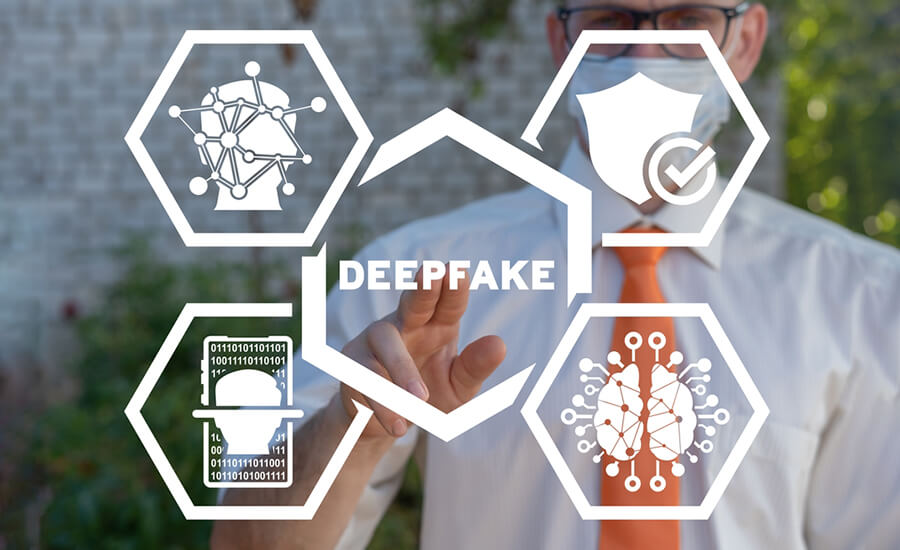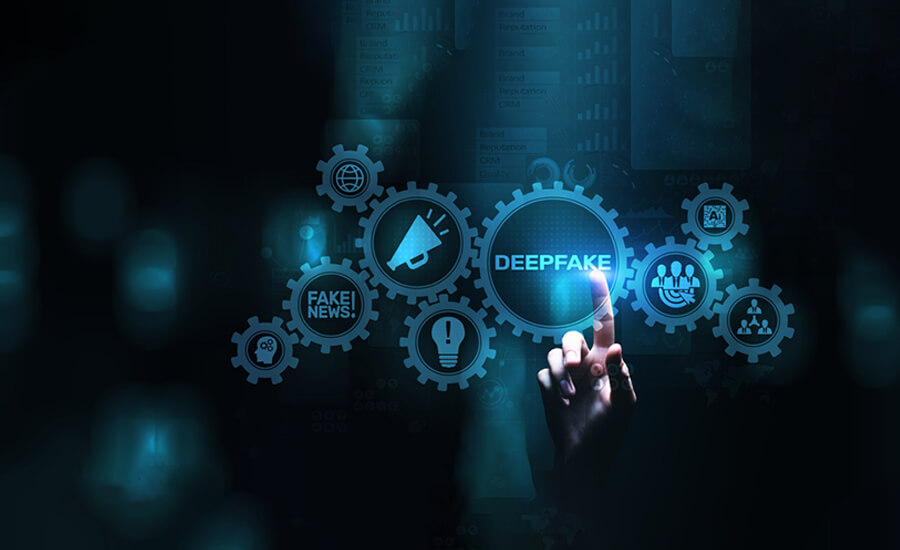Deepfakes, one of the most contentious offspring of artificial intelligence (AI), are causing a stir in the tech world and beyond. The term “deepfake” is a portmanteau of “deep learning” and “fake,” referring to the use of AI to manipulate or fabricate visual and audio content, making it appear real.
At its best, deepfake technology has been heralded as a groundbreaking tool, enhancing the realms of cinema, advertising, and entertainment. Hollywood uses deepfakes for seamless visual effects, while businesses leverage it to create engaging advertisements. Virtual assistants, aided by deepfake audio, are sounding more human-like than ever, improving our interactions with AI.
Yet, the potential misuse of deepfakes has cast a long, dark shadow over these benefits, presenting grave ethical and societal concerns. The ability to create convincing fake videos or audios can be weaponized, with serious implications for personal privacy, security, and public trust.
One area of concern is identity theft and fraud. With enough data about a person, a deepfake can be created to impersonate that person, leading to potential misuse in financial transactions or disinformation campaigns. The rise of “deepfake pornography,” where individuals’ faces are superimposed onto explicit content without their consent, poses a devastating threat to personal privacy and dignity.
Furthermore, in our era of “fake news,” deepfakes can exacerbate misinformation, posing threats to journalism, politics, and legal proceedings. Imagine a convincingly fake video of a political leader making inflammatory statements, released days before an election. The societal repercussions could be staggering.
The challenge we face is navigating this double-edged sword. On one hand, we must continue to reap the benefits of deepfake technology in creative and beneficial applications. On the other hand, we must counter its potential misuse.
This requires a multi-faceted approach. We need robust detection tools that can keep pace with advancing deepfake technology. Platforms and policymakers must collaborate to establish laws and regulations around deepfake use. And we, as consumers, need to cultivate media literacy, learning to question and verify the content we consume.


Deepfake technology brings to light a broader issue inherent in all AI technologies. AI is a tool that can be used for good or ill, depending on human intent. As creators and consumers of AI, it’s our responsibility to shape its trajectory, ensuring it enriches our lives and society, without compromising our values, privacy, or trust.
Navigating the future of deepfakes and AI calls for wisdom, vigilance, and a commitment to uphold what’s best in our human nature: truth, respect, and fairness. The line between AI’s promise and peril may be thin, but it’s a line we must walk with clarity and courage. The future of AI, including deepfakes, is ours to shape. Let’s ensure it’s a future we can all be proud of.

